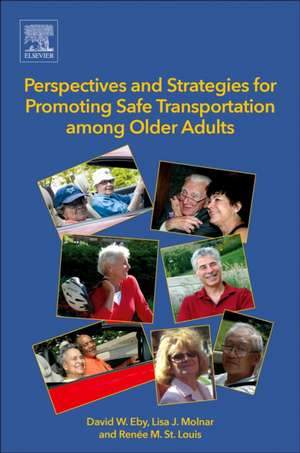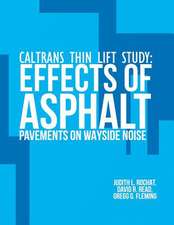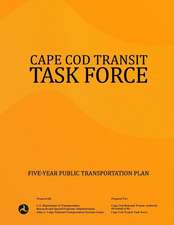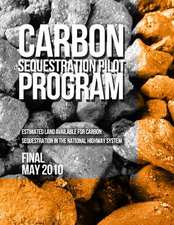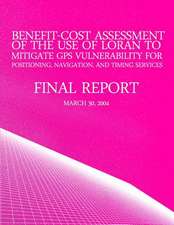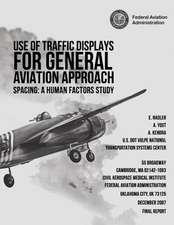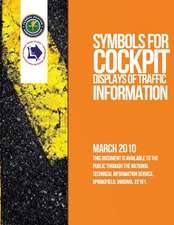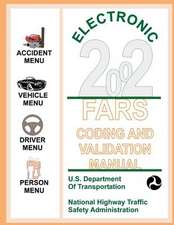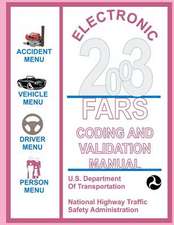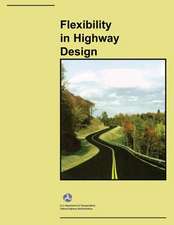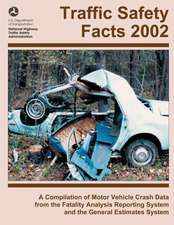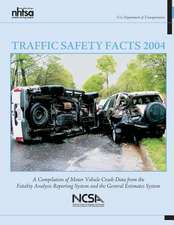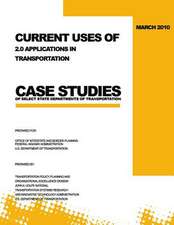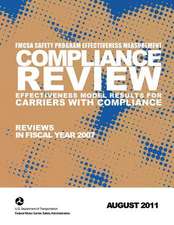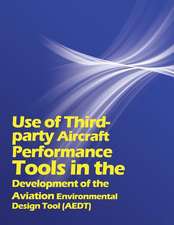Perspectives and Strategies for Promoting Safe Transportation Among Older Adults
Autor David W. Eby, Lisa J. Molnar, Renée M. St. Louisen Limba Engleză Paperback – 25 noi 2018
Readers will find great insights on key issues related to aging and mobility, giving them an overarching framework for how to maintain safe mobility into older adulthood. The book enables readers to understand the perspectives of the critical groups of people involved in keeping older people safe and explores existing strategies by which an aging individual can maintain safe mobility.
- Utilizes a multidisciplinary, evidence-based approach for examining the complexities of transportation for older adults
- Offers an integrated, overarching narrative for understanding the key issues of safety and mobility in our aging society
- Written by leading transportation and health scholars
- Offers insights into the perspectives of all the stakeholders, such as hands-on transportation and health practitioners, students of varying levels, researchers and policymakers
Preț: 571.94 lei
Preț vechi: 784.90 lei
-27% Nou
Puncte Express: 858
Preț estimativ în valută:
109.48€ • 118.95$ • 92.02£
109.48€ • 118.95$ • 92.02£
Carte tipărită la comandă
Livrare economică 14-28 aprilie
Preluare comenzi: 021 569.72.76
Specificații
ISBN-13: 9780128121535
ISBN-10: 012812153X
Pagini: 292
Dimensiuni: 152 x 229 x 20 mm
Greutate: 0.4 kg
Editura: ELSEVIER SCIENCE
ISBN-10: 012812153X
Pagini: 292
Dimensiuni: 152 x 229 x 20 mm
Greutate: 0.4 kg
Editura: ELSEVIER SCIENCE
Public țintă
1) Transportation, Urban Planning, Public Health, and Gerontology researchers and advanced students, and 2) Transportation and Health Practitioners working with older adults (i.e. Driving Rehabilitation Specialists, Occupational Therapists, physicians, etc.)Cuprins
PART 1: BACKGROUND1. The problem2. Driving patterns and behaviors among older adults3. Use of non-driving transportation options4. A framework for promoting older adult safe transportation
PART 2: PERSPECTIVES5. Older adults6. Family members, friends, and other caregivers7. Physicians and other health professionals8. Licensing agencies9. Law enforcement10. Professionals who work with older adults11. Transportation Service Providers12. State and local governments
PART 3: STRATEGIES13. In-vehicle and self-driving technologies14. Roadway design and infrastructure15. Managing the transition to non-driving
PART 4: WHERE DO WE GO FROM HERE?16. Conclusion
Appendix A: List of Resources
PART 2: PERSPECTIVES5. Older adults6. Family members, friends, and other caregivers7. Physicians and other health professionals8. Licensing agencies9. Law enforcement10. Professionals who work with older adults11. Transportation Service Providers12. State and local governments
PART 3: STRATEGIES13. In-vehicle and self-driving technologies14. Roadway design and infrastructure15. Managing the transition to non-driving
PART 4: WHERE DO WE GO FROM HERE?16. Conclusion
Appendix A: List of Resources
